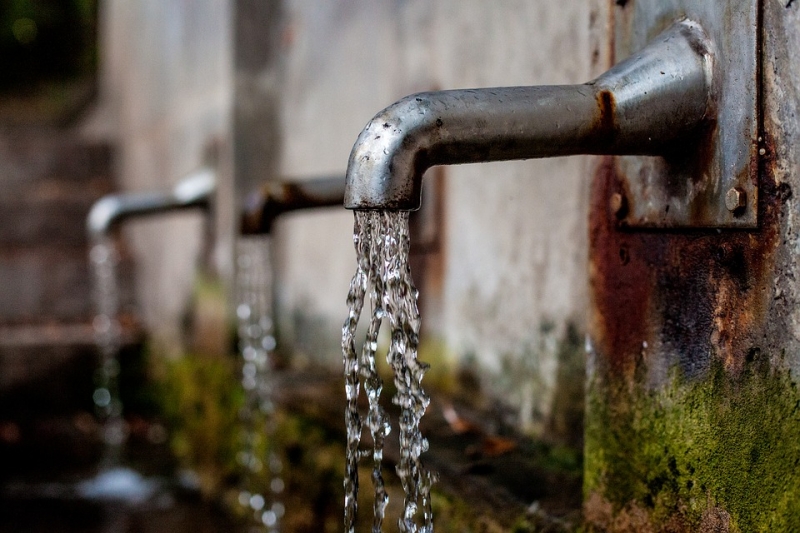Lead exposure from drinking water is a deeply rooted regulatory, economic, and environmental justice problem in the United States. Tragic stories from Washington, D.C. in the early 2000s, Flint, Michigan in 2014, and most recently in Newark, New Jersey, expose on the national stage the most extreme cases of drinking water contamination. But it is also an everyday reality that falls disproportionately on many low-income and minority communities across the United States.
One solution, discussed but not widely adopted, are “primary prevention methods” located at the tap. In this month’s ELR featured article, Preventing Toxic Lead Exposure Through Drinking Water Using Point-of-Use Filtration, David Domagala Mitchell advocates for a refundable federal tax credit that would allow individual households to acquire point-of-use (POU) filtration equipment that safely removes lead, as well as new filtration requirements for nonresidential buildings.
Mitchell argues that current federal and state efforts to reduce risk for children and low-income communities have not been enough. The CDC reports that even low-level lead exposure for children can cause life-long cognitive and medical problems, yet the primary lead regulations, including the federal Lead and Copper Rule (LCR) of the Safe Drinking Water Act (SDWA), are insufficient. Mitchell maintains that these standards are reactive rather than preventative, and that they depend on unreliable testing programs. Likewise, recent state and federal efforts to replace corrosive lead-containing pipes will not correct the problem fast enough, and could take decades.
 Mitchell’s solution is to reduce the risk of lead exposure at the tap, through point-of-use filtration technology. This economical, efficient technology will “fill the regulatory gap” and is proven highly effective. He argues that Congress should provide a refundable tax credit for individuals to purchase a water filtration system under NSF/ANSI Standard 53, and require nonresidential buildings to use the best available technology for filtration in drinking fountains.
Mitchell’s solution is to reduce the risk of lead exposure at the tap, through point-of-use filtration technology. This economical, efficient technology will “fill the regulatory gap” and is proven highly effective. He argues that Congress should provide a refundable tax credit for individuals to purchase a water filtration system under NSF/ANSI Standard 53, and require nonresidential buildings to use the best available technology for filtration in drinking fountains.
Mitchell addresses economic issues, acknowledging that his proposal would cost Congress $10 billion if 100 million individuals took advantage of the tax credit. However, he points out this is nowhere near the economic cost of $165-$233 billion in 2003-2006 from future lost earnings for children under 6 years old. And in comparison, the costs of maintaining and replacing service lines and other drinking water infrastructure could cost up to $1 trillion in the next few decades.
Mitchell concludes that the issue’s urgency is persistent, and that this solution could have a powerful impact for generations to come. “A modest investment in POU filtration can prevent the devastating health effects of the next lead crisis,” he writes, and can proactively protect communities that face dangerous levels of lead today.
ELI is making this featured ELR News & Analysis article available free for download. To access all that ELR has to offer, including the full content of News & Analysis and its archive, you must have a subscription.
To learn more, visit www.elr.info.
